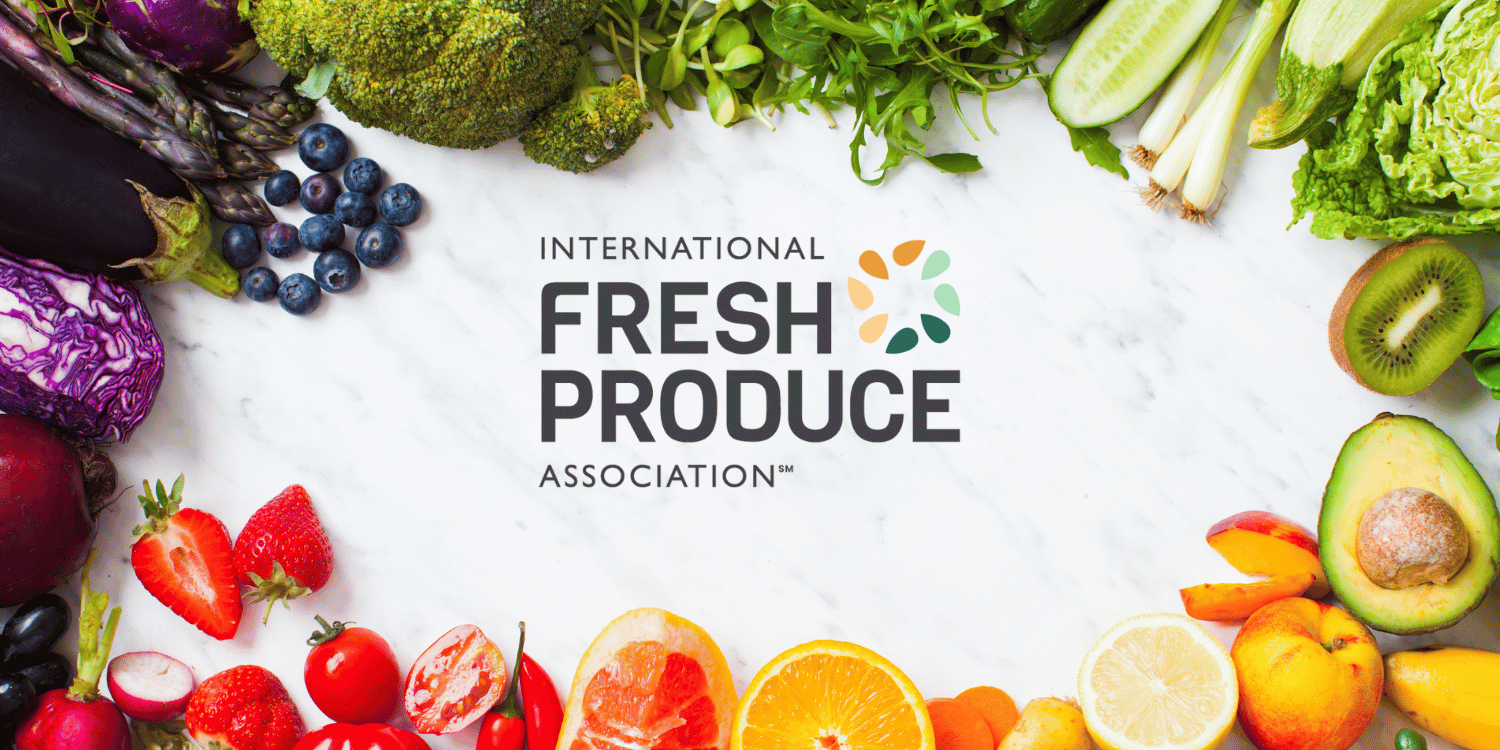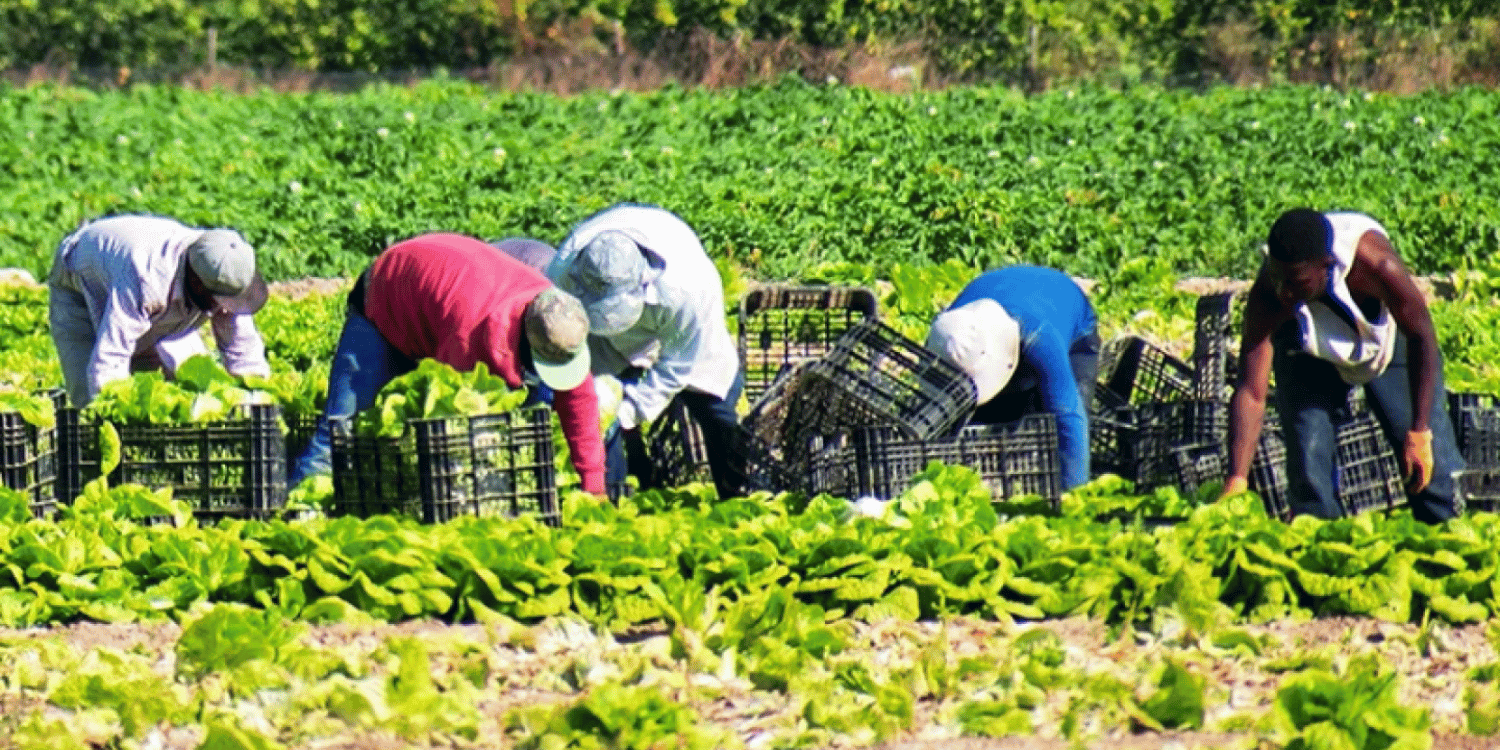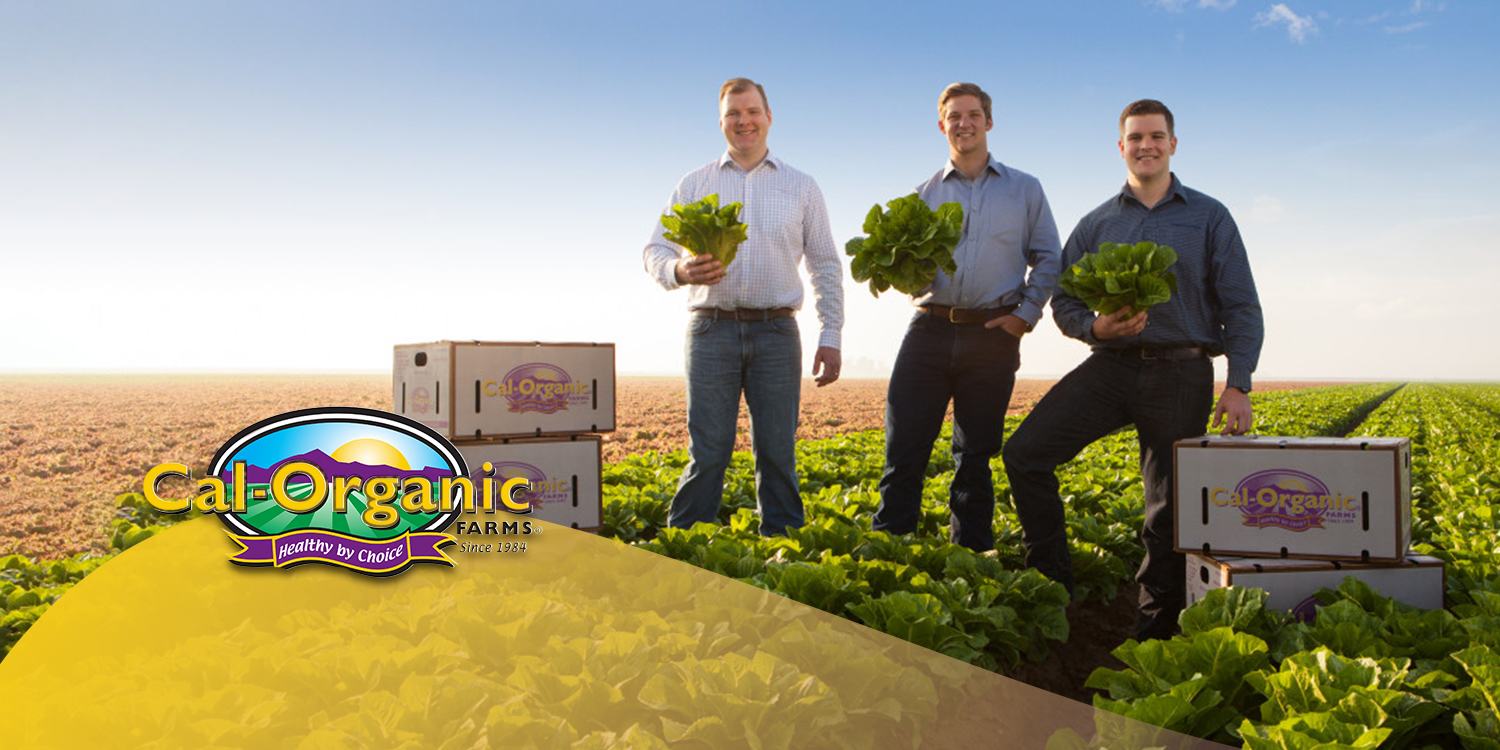To start a banana produce company, firstly you need to secure a suitable farmland where bananas can grow optimally, preferably in a tropical climate zone.
End the second step involves seeking necessary permissions, licenses, and compliance with local and national agricultural laws.
Next, investing in quality banana saplings, and implementing effective farming practices becomes paramount for a good yield.
Once the farm is operational, establishing a solid supply chain to transport bananas from the farm to the market is essential.
Simultaneously, marketing initiatives to promote your brand and build relationships with vendors should be in place.
Finally, routinely monitoring and tweaking your operations for improved productivity is necessary for the sustained success of your banana produce company.
- Identify suitable farmland for banana plantation.
- Acquire necessary permits for agricultural venture.
- Ensure compliance with agricultural laws.
- Invest in quality banana saplings for effective production.
- Formulate effective farming practices for bananas.
- Establish a functional supply chain for distribution.
- Implement strategic marketing initiatives for the company.
- Build strong relationships with vendors.
- Monitor banana produce operations for continuous improvement.
In the following sections, we will be sharing further detailed insights on banana farming. These advanced topics will provide you with comprehensive knowledge that is essential for the success of your banana produce company.
The following areas of discussion will explore the viable farming techniques and the best practices for banana cultivation, including the optimal utilization of resources and land. This will help you to streamline your production and ensure a healthy banana harvest.
We will also provide information on key considerations for developing a robust and efficient supply chain that can greatly enhance your profits and market reach. Further, valuable knowledge on how to forge productive connections with vendors will be imparted.
Lastly, we will discuss the importance of monitoring your banana producing operations and the techniques for managing ongoing improvements. This essential practice will help you to maintain a high standard of operations and keep your business healthy and profitable.
Contents
- Suitable Farmland for Banana Plantation
- Necessary Permits for Agricultural Venture
- Compliance with Agricultural Laws
- Investing in Quality Banana Saplings
- Effective Farming Practices for Bananas
- Establishing a Functional Supply Chain
- Marketing Initiatives for the Company
- Building Relationships with Vendors
- Monitoring Banana Produce Operations
- The Bottom Line
Suitable Farmland for Banana Plantation
In Short: To start a successful banana produce company, the choice of suitable farmland is crucial considering bananas’ specific growth requirements and the need for a climate akin to their native tropics. It is equally vital to take into account geographical positioning, availability of water resources, necessary infrastructure, biodiversity, soil fertility, land use legalities, and affordability or potential for leasing to ensure a sustainable and prosperous plantation.
Starting a banana produce company is a commendable initiative. However, one of the chief considerations is finding a suitable farmland for your banana plantation.
Why is the choice of farmland critical? Bananas aren’t just any crop—they have specific growth requirements.
Bananas love a sandy, well-drained soil with a pH between 5.5 and 6.5. Can the land meet these criteria?
Don’t forget that bananas are tropical fruits. They need to be grown in an area that mimics their native climate. Let me tell you, temperature range should be between twenty to thirty degrees Celsius.
Consider if the area routinely drops below 14 degrees–bananas do not tolerate cold.
Geographical positioning of your farmland is another significant aspect. Do the slopes, if any, facilitate natural irrigation for the plantation?
Does the region experience regular high winds or cyclones? Wise selection could well protect your plantation from easy damage.
Now let’s look at some contiguous features that all good banana farming lands should possess. Here’s a list of amendments to bear in mind.
- Regular access to water resources
- Necessary infrastructure and logistics
- Does it favor biological diversity
- Type of soil fertility
- Legalities concerning land use and property rights
The access to water resources guarantees a constant water supply for your bananas.
Impeccable logistics are key for a smooth run — How will you get the bananas from the plantation to the market?
Preserving biodiversity is a responsibility. Including native plants and animals on your farm can contribute to a healthier ecosystem.
You do not want to invest in a farmland, only to find out that it is a part of a protected area or holds disputable property rights. Laws vary by location, so it would be wise to consult a local land-use attorney to verify any restrictions.
Moving on, what about the soil fertility status? Has the land previously been used for plantation or it’s a new ground for cultivation? Has it ever been tested for nutrient imbalance or potential pests and diseases?
If it does seem to meet these requirements, can the cost of farmland fit into your budget? A pricing comparison could be crucial for finalizing the property.
Did you consider leasing? It’s an option many entrepreneurs opt for. It allows for flexibility — you avoid the upfront cost of purchasing land and can convert the expense into operating costs.
All these considerations should help you narrow down your options and pick the suitable farmland for your banana plantation. Keep in mind, the success of your banana produce company greatly depends on the quality and suitability of your farmland.
Necessary Permits for Agricultural Venture
In Short: For anyone wanting to legally operate a banana produce company, securing necessary agricultural permits like a business license, seller’s permit, employment identification number, and other federal, state and environmental permits is obligatory. Understanding the application process for each permit can be tedious but crucial in ensuring a strong foundation for your business to withstand future challenges.
Starting a banana produce company can be a rewarding endeavor but it involves several steps to ensure you are operating your new company legally. The most important of these steps is undoubtedly securing the necessary agricultural permits.
The specific permits may vary based on location and size of your enterprise. Luckily, most places have similar basic requirements. Now, let’s go over some of these permits, shall we?
First, the card that tops the deck is the business license. This authorization is a must-have for any kind of venture, not only agricultural ones. Secondly, you’ll need a Seller’s Permit. This permit is necessary in order to sell your produce legally. A business without one of these is as good as a rogue ship.
The third permit in our list is the Certificate of Occupancy. It’s a permit certifying that the business structure is compliant with local building codes and regulations, and it is safe for occupancy. And the fourth wheel in this wagon is the Employment Identification Number (EIN). Isn’t it paramount to have a way to identify and distinguish your business operation?
Now that we have laid out some rudimentary permit requirements, would you believe there are more to consider?
Here are a few more permits you might need:
- Federal Permits: You might require federal permits including USDA quality inspection program license and a Plant Health permit.
- State Agriculture Department Permits: Each state has specific permits for agriculture, like a pesticide applicator license, which could be necessary depending on your farming habits.
- Environmental Permits: They include Water Use permit, Solid Waste Facility permit and Wetland-Disturbance permit. These are crucial in order to ensure your farming practices don’t harm the environment.
Imagine not having all of these permits and facing a random inspection, terrifying isn’t it?
It’s also worthwhile to note that the permit application process can be quite tedious. Each permit has its own timetable and application procedure. Getting familiar with these processes can save you headaches down the line.
Securing permits is more or less like setting the foundation for your building. It is primordial in ensuring your business foundation is strong, and it can withstand whatever challenges come its way. So are you ready to take the plunge and start getting these permits?
Pro Tip: Securing necessary agricultural permits, which may include a business license, Seller’s Permit, Certificate of Occupancy, Employment Identification Number, Federal Permits, State Agriculture Department Permits, and Environmental Permits, is a paramount step in legally establishing a banana produce company.
It’s important to remember, every successful business started at the exact same point you’re at right now. Starting your own banana produce company may seem like a lot at first, but each step you take brings you closer to your goal. So don’t let the permit process scare you away from your dreams.
Securing your permits is just one part of starting your company, but it’s a crucial part. Just think about the future, with all the permits secured, you can focus on growing your business. Isn’t that a reassuring thought?
Compliance with Agricultural Laws
In Short: Complying with agricultural laws is vital when establishing a banana produce company, ensuring both environmental sustainability and product integrity. It requires securing appropriate permits before planting, passing regular inspections, adhering to employment laws such as the FLSA, and complying with pesticide regulations such as the FIFRA, non-compliance of which could lead to significant fines or even criminal charges.
Starting a banana produce company requires compliance with various agricultural laws. This is not just a suggestion, but a necessity for every agricultural entrepreneur.
Understanding these laws is not as daunting as it sounds. Ever wondered why?
Well, most agricultural laws were designed with the primary goal to maintain the sustainability of the environment and the integrity of your products. These are principles you want to uphold anyway, aren’t they?
First and foremost, you will need a suitable piece of land for your business. You can’t just begin planting anywhere, can you?
The land must meet certain environmental laws and zoning ordinances. Imagine not adhering to this and later being told to uproot your crops!
Now you’ve got your land ready, in line with environmental and zoning laws. Now, let’s tackle the next set of regulations.
We present you with clear, simple steps on how to comply with agricultural laws:
- Investigate about necessary permits and documents.
- Secure these permits before planting.
- Ensure you are equipped with knowledge to pass regular inspections.
You might be wondering why it’s necessary to secure these permits prior to planting. Well, failure to do so may result in penalties.
These documents simply verify that you are complying with all relevant agricultural laws. Isn’t that what we want to do?
Regular inspections? Yes, these are mandatory and are designed to ensure your farming practices remain in compliance over time. In reality, reassuring, isn’t it?
Another key facet requiring your attention is the Employment Laws. If you have hired farm workers, you need to understand and adhere to laws specifically designed for their wellbeing.
The Fair Labor Standard Act or FLSA is an example of such a law. Are you providing reasonable wages and suitable working conditions as defined in FLSA?
Adherence to these practices is not only legally mandatory but also ethically important. We all want to sleep at night knowing we’re doing the right thing, don’t we?
Pesticide regulation is another crucial area. Cue in the Federal Insecticide, Fungicide, and Rodenticide Act or the FIFRA. Ever thought about why such laws exist?
They serve to ensure that pesticides are being used appropriately, preventing harmful exposure to you, your employees, and your customers.
This is inherently tied to the quality of your produce too. After all, who wants to buy bananas tainted with improperly utilized pesticides?
Let me tell you, are these laws a hindrance or a guide? Look at them as fences keeping you on track, ensuring that you produce the best bananas in the most responsible way.
Keep in mind, ignorance of these laws can leave you facing significant fines or even criminal charges. Now, who wants that?
Pro Tip: Complying with agricultural laws, including understanding necessary permits, preparing for inspections, and adhering to employment and pesticide regulations, is not only a legal necessity but also a cornerstone to establishing a reputable and successful banana produce company.
Compliance with these laws not only ensures your business stays on the right side of the law, but it also builds your reputation and proves your worth in the community. Convinced yet?
Ensuring you comply with these agricultural laws is a manageable task with adequate research and preparation. Do it right and you’ll set your banana produce company up for nothing but success.
Investing in Quality Banana Saplings
In Short: Starting a successful banana produce company begins with investing in robust, affordable saplings from trustworthy suppliers. Ensuring the health of the saplings through careful inspection of roots, stems, and leaves, and considering factors like size and nursery conditions are crucial steps towards a prosperous plantation.
Gearing up to start your banana produce company? Your journey begins by investing in robust, spry saplings.
The good news is, they are relatively affordable. Now, let’s dive into how you can ensure that you’re getting the cream of the crop.
It’s of paramount importance to buy your saplings from trustworthy suppliers. Shady dealers may sell you disease-ridden saplings.
First off, examine the sapling’s roots. Do they look less than vibrant or a tad withered?
If yes, the sapling just might be suffering from root rot. This would mean disaster for your plantation.
Then comes the stem. Are there any spots or gouges on it?
If you spot any, the sapling may very well be infested with pests. Avoid such saplings like the plague.
The leaves of the sapling are also a telltale sign of its health. Crisp, bright green leaves are your green signal.
If you spot any yellowing or if the leaves seem shrivelled, steer clear.
Now, let’s look at some important factors to consider before investing in your banana saplings.
- Choose saplings that are about 1-2 feet tall. They are the most resilient.
- See if there are any banana suckers (baby plants) growing alongside the main plant. The more the merrier.
- Ensure that the plants have been grown in nurseries which maintain optimal temperatures for banana growth.
Let me tell you, inspecting each sapling might seem like a lot of work. But isn’t your plantation’s prosperity worth it?
Remember this isn’t just a business investment. It’s an investment in nature, in producing something worthwhile, and in creating a healthier earth.
Don’t let your investment go banana-shaped due to poor saplings. Now that you have this valuable information, you can take the market by storm.
By investing in quality saplings, you’re gifting your plantation a head start. Now aren’t you excited to see your little sprouts grow?
Effective Farming Practices for Bananas
In Short: Efficient banana farming requires attention to choosing suitable varieties, cultivating high-quality soil, and maintaining warmth and humidity conditions. Key practices include ample watering, regular pruning, organic fertilizing, pest prevention, and thorough post-harvest care.
The world of banana farming is a rich and rewarding one. With the right knowledge and techniques, you can easily turn a small patch of land into a thriving banana plantation.
Of course, the first step is choosing the right banana varieties. Different varieties have different needs, and what works for one type might not work for another.
Let me tell you, what are some effective farming practices for bananas?
For starters, it’s important to pay attention to the soil. Do you want your bananas to reach their full potential?
Then, you might want to consider investing in high-quality soil. You can improve the quality of your soil by adding organic matter regularly, such as compost and manure.
And did you know that banana plants love warmth and humidity? They thrive in conditions where temperatures remain above 50°F throughout the year.
Without adequate warmth and moisture, your plants may not bear fruit. Are these conditions not possible in your location? Don’t fret! Varieties hardier to temperate climates are available.
Here are a few tips that make banana cultivation easier:
- Watering: Banana plants need a lot of water to grow properly. However, avoid water stagnation, as it can lead to root diseases.
- Regular Pruning: Removing damaged leaves and unnecessary suckers can conserve plant resources, crucial for the fruit’s growth.
- Fertilizing: Use organic compost and manure to replenish nutrient levels in the soil.
In addition, it’s also important to beware of pests and diseases. Common banana threats include nematodes, banana bunchy top virus, and Panama disease.
How to combat them? Use fungicides and insecticides responsibly. Consider the environment and the health of your consumers.
Finally, it’s essential to focus on good post-harvest practices. Are you handling your bananas with care after harvesting?
Important: To grow bananas effectively, it’s essential to choose the right banana variety, ensure your soil is high-quality and enriched regularly with organic compost and manure, and understand that banana plants require warmth, humidity, and frequent watering.
These practices include proper washing, grading, packaging, and storage of bananas. This ensures a longer shelf life and reduces post-harvest losses.
All in all, running a successful banana plantation requires time, commitment, and attention to detail. However, the rewards can be sweet!
Establishing a Functional Supply Chain
In Short: Creating a successful banana produce company requires a functional supply chain, with significant factors including strong supplier relationships, efficient logistics, precise inventory management, a robust sales strategy and effective communication. It’s important to maintain a focus on quality and sustainability, to adapt to changes in demand and external influences, and to ensure that all aspects of the supply chain are aligned.
Creating a functional supply chain is paramount to the success of your banana produce company. This involves navigating through numerous aspects, let’s dive in, shall we?
First off, we need to understand the actual process underlying the production of bananas. Have you ever considered where your bananas come from?
The banana lifecycle starts with farming. Your company should build a network of reliable farmers who adhere to good agricultural practices. It’s an excellent idea to ensure farmers share your commitment to quality and sustainability.
Do you grasp the significance of the quality and sustainability of your produce? Always remember, your produce is a reflection of your brand.
After sourcing, bananas are examined and sorted according to their sizes and stages of ripeness. This sorting process ensures that your customers get the highest quality produce.
Transportation is the next stage in the process. Don’t underestimate the importance of efficient logistics in your supply chain, okay? Efficient transportation ensures that the bananas arrive to the customers fresh and ripe.
Let’s take a pause here to outline the significant components of an effective supply chain.
- Prioritize supplier relationships – they define the quality of your produce.
- Ensure your logistics are efficient and reliable to maintain product quality.
- Ensure precise inventory management – no one loves discovering what they crave is out of stock.
Handled that? Great! Shall we move on?
The selling process, if neglected, can collapse your whole structure. Engage with businesses that value your product. Trust is imperative when developing these relationships.
In short, a strong sales strategy pays off remarkably in your operational process. It keeps your wheels turning, wouldn’t you agree?
Your supply chain won’t work without effective communication. Everybody in your supply chain should be on the same page concerning product quality, delivery time, and expectations.
Finally, adaptability is key. What this means is, you should always be prepared for changes in demand, market conditions, or even natural events.
Pro Tip: For a successful supply chain in your banana produce company, ensure you maintain a network of committed farmers, prioritize reliable logistics, use precise inventory management, and adapt quickly to changes in demand and market conditions.
So external influences such as weather changes or market demands can’t always be predicted. Mitigating these risks helps to maintain the stability of the supply chain, wouldn’t you say so?
We could go on forever, but these guidelines should help you establish a functional supply chain for your banana produce company. No shortcuts around it, it’s a complex process that requires attention to detail. But it’s feasible, don’t you think?
Marketing Initiatives for the Company
In Short: A potent marketing strategy for your banana production company should include comprehending target market demographics, assessing competition, defining your unique selling proposition, and building a strong brand image, with significant integration of digital marketing techniques. Implementing these strategies effectively can heighten your market presence and give your company an edge over competition.
Your banana production company’s success largely depends on robust marketing initiatives, right?
A well-thought-out marketing strategy can substantially increase your market visibility and boost profits.
Consider these questions.
What makes your bananas stand out?
How will you communicate this uniqueness to your potential customers?
These are some of the questions that should guide your marketing initiatives.
Prior to outlining the strategies, I’ll list some key components of a sound marketing plan specifically tailored for a banana produce company.
- Analyze your target market.
- Understand the competition and find ways to stand out.
- Define your unique selling proposition.
- Create a strong brand image.
- Invest in digital marketing.
With those in mind, let’s dig into the details.
First, you need to comprehend the target market demographics.
Who are your key customers?
What are their preferences and buying habits?
Understanding this will help you to tailor your messaging and product offering to meet their needs.
Secondly, make a thorough assessment of your competition.
What marketing strategies do they use?
The more knowledge you have about your competitors, the better your chances of finding unique ways to outshine them.
Next, define your unique selling proposition (USP).
What sets you apart from other players in the same industry?
Your USP should be conspicuous in all your marketing messages.
Creating a strong brand image is another key aspect of your marketing initiatives.
Your brand’s image communicates your values and what you stand for, doesn’t it?
Lastly, invest in digital marketing.
Digital marketing offers a cost-effective way to reach a vast market, you agree?
From website and SEO optimization to social media campaigns, take advantage of the various digital channels to communicate your brand message effectively.
It’s important to remember, your marketing initiatives should be aligned with your business goals.
These strategies, if implemented well, can give your banana produce company a competitive edge.
Building Relationships with Vendors
In Short: Establishing relationships with vendors is a crucial part of starting a banana produce company, as these relationships provide the necessary resources to grow the business. Assessing vendor quality, reliability, price, and capacity are important steps, as is maintaining regular communication and establishing mutual trust and appreciation to form a robust and beneficial partnership.
Starting a banana produce company is no small task, rest assured. It involves several critical steps that must be carefully addressed. Here’s one that may not immediately spring to mind – building relationships with vendors.
Now you may question, why vendors?. A valid question indeed. In essence, it all boils down to this: your vendors provide the necessary resources required for your business to thrive.
Quality is an important factor when choosing a vendor. Perhaps you’re questioning, how do you assess quality?
You’d want to look into factors such as the quality of their products, their delivery times, and their ability to meet additional demands when your business starts growing. You certainly want your bananas to be delicious, fresh, and available for your customers at all times, don’t you?
Here are a few important factors that you might want to consider when choosing your vendors:
- Reliability: Can they deliver on time?
- Quality: Are their products good and consistent?
- Price: Do the costs align with your budget?
- Capacity: Can they handle your business’s growth?
Once you’ve chosen a vendor who meets your needs, the next step is to establish a relationship with them. This might puzzle you – what does that entail?
Firstly, you would want to ensure that you maintain regular communication with them. It’s also essential to build a personal connection. It’s important to remember, vendors are people too, and people tend to do their best work when they feel valued and appreciated.
How about a bit of appreciation towards your vendors? Sounds simple, but it can go a long way. This could include prompt payments, giving them feedback, or even just saying thank you every once in a while.
In addition, you could involve them in your business planning. Having vendors as participants in this process not only indicates your serious intent to do business but also gives them a chance to collaboratively solve any potential issues.
Having a two-way communication strategy in place will be beneficial. Your vendors are not just suppliers; they can also be influential allies in helping your banana produce company succeed.
Imagine if you have a significant order coming up – your vendor can help you meet the demand if they’re aware and capable. Thus, it’s very important to keep them informed about changes or significant events in your business.
Lastly, it’s crucial to remember that establishing a solid relationship with your vendors doesn’t happen overnight. It’s a continuous process that requires patience, commitment, and mutual trust. At the end of the day, the right vendor relationship can enhance your competitiveness and contribute significantly to your success. Sounds like a worthwhile investment, doesn’t it?
Monitoring Banana Produce Operations
In Short: Monitoring operations in a banana produce company involves accurate tracking of disease control, growth progress, quality control, and regular inspections. This task is supported by workers, soil tests, technological tools like geo-mapping, continuous workforce training, and a keen awareness of market dynamics.
The all-important activity in any successful banana produce company revolves around accurate and timely monitoring of operations. You might wonder, why is this invaluable?
Monitoring is the backbone of successful production, it’s the clear lens that allows agricultural heads to predict yields and spot crop diseases early. A delay in diagnosis, remember, equates to lost profit and lower overall yields.
Primarily, your monitoring measures should encompass onsite examinations of your bananalands. During these assessments, you’ll check for any signs of plant diseases or deficiencies in growth.
But how do you kick start your monitoring process? By setting up an inspection team.
This is where the meticulous labor of your banana farm team comes in handy. Who else can better communicate the state of your plantation than the workers who handle your bananas every day?
We will now dig in into the key areas to focus on during your operations:
- Regular Inspection: This involves routine checks of the banana plants. It detects potential disease outbreaks, pest invasion or nutritional deficiencies.
- Disease Control: Constant monitoring can help prevent the spread of diseases. With early detection, appropriate remedial actions can be taken.
- Growth Tracking: This is monitoring the growth progress to predict yields accurately. It helps in planning for harvesting and marketing.
- Quality Control: Ensures the bananas are growing under the best conditions. It checks conformity to the set standards for size, appearance, and taste.
Keeping tabs on the water supply and soil nutrients is also important. Have you considered the importance of soil tests to ensure balanced nutrients for your banana plants?
These tests will tell you if your bananas are feeding off the right type of soil, or if you need to modify your current nutrient input methods.
Similarly, proper monitoring of your irrigation schedules can prevent oversupply or undersupply of water, both of which can diminish banana yields significantly.
Data technology can be a major boost to your monitoring efforts. Do you appreciate the wonders of modern technology in agriculture?
Through geo-mapping and satellite imagery, you’re able to track crop health from a macro perspective. These technologically sophisticated methods can yield reports that validate or question on-site personnel’s assessments, offering a path for timely corrective actions.
Training your team with up-to-date knowledge in producing bananas should never be overlooked. Who benefits when your workforce is equipped with the latest agricultural trends and practices in banana production?
You do, and your entire banana company prospers. By constituting frequent training sessions and seminars, your team gets updated on the best banana production practices.
Important: Monitoring operations in a banana produce company involves accurate and timely assessments to predict yields, spot diseases early, control the spread of diseases, track growth, ensure quality, and align farming practices with market demands and seasons.
Finally, let’s not forget market dynamics. Your harvesting schedule should align with the market demands and seasons. Otherwise, you risk sinking your hard-grown bananas into a flooded market, and we don’t want that, do we?
So as you can see, monitoring in a banana produce company goes beyond simply observing the plantation. It’s a complex process of careful observation, precise tracking, and quick follow-ups on areas of concern. Are you ready to take on this herculean task?
The Bottom Line
To successfully start and operate a banana produce company, it is paramount to identify and secure viable farmland tailored for banana cultivation.
Obtaining the necessary permits and adhering to agricultural laws and regulations are critical steps towards the legal establishment and smooth running of the banana farm operation.
The investment in quality banana saplings is a significant factor in ensuring the business’s sustainability and productivity, which directly influences the profitability in the long run.
Employing effective farming practices is important in optimizing banana yield and maintaining high-quality produce year round.
For the efficient operation of the business, establishing a robust supply chain from farm to market is essential.
Leveraging creative and strategic marketing initiatives aids in increasing brand visibility, attracting potential customers and enhancing overall sales.
Building strong relationships with vendors can help in ensuring consistent supply, while benefiting from competitive pricing and perhaps exclusive deals.
Lastly, continuous monitoring of the entire banana produce operations from growing to distribution ensures that the business adheres to its quality standards while helping identify opportunities for growth and improvement.




















